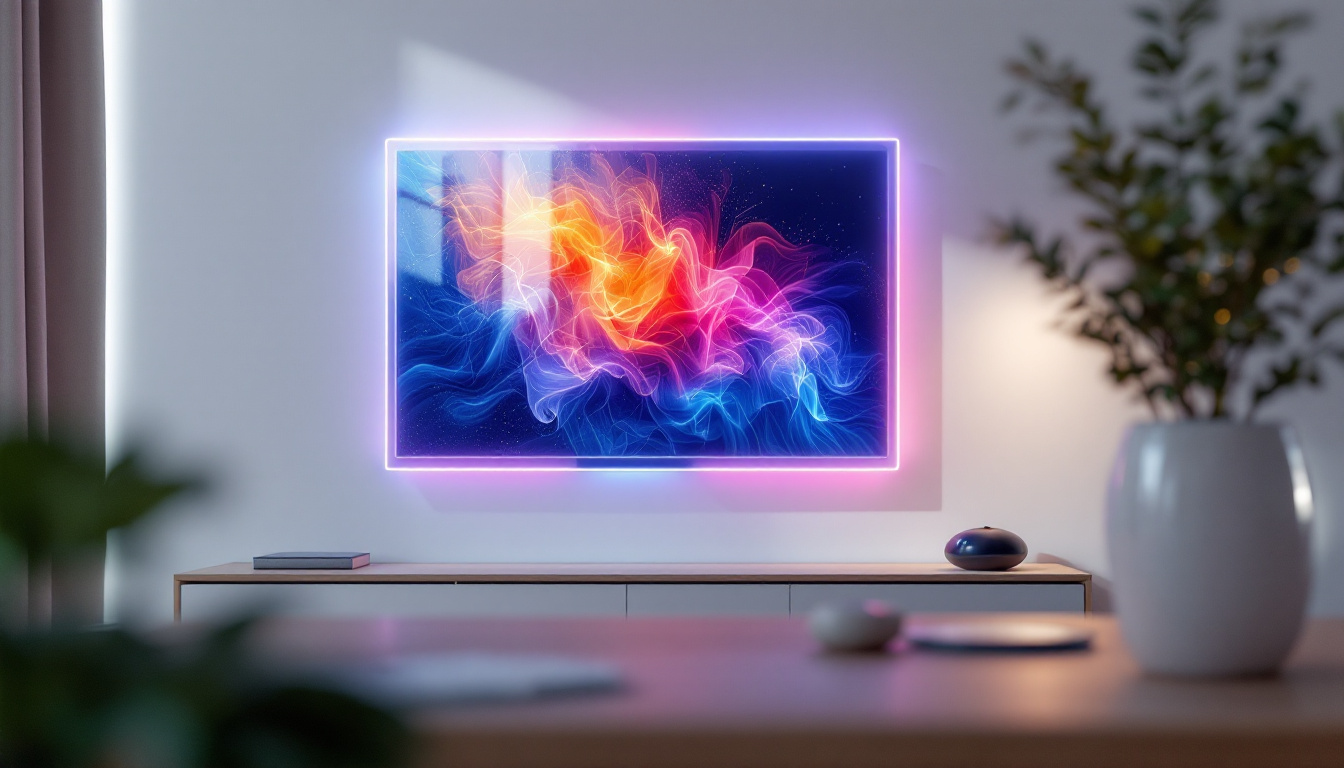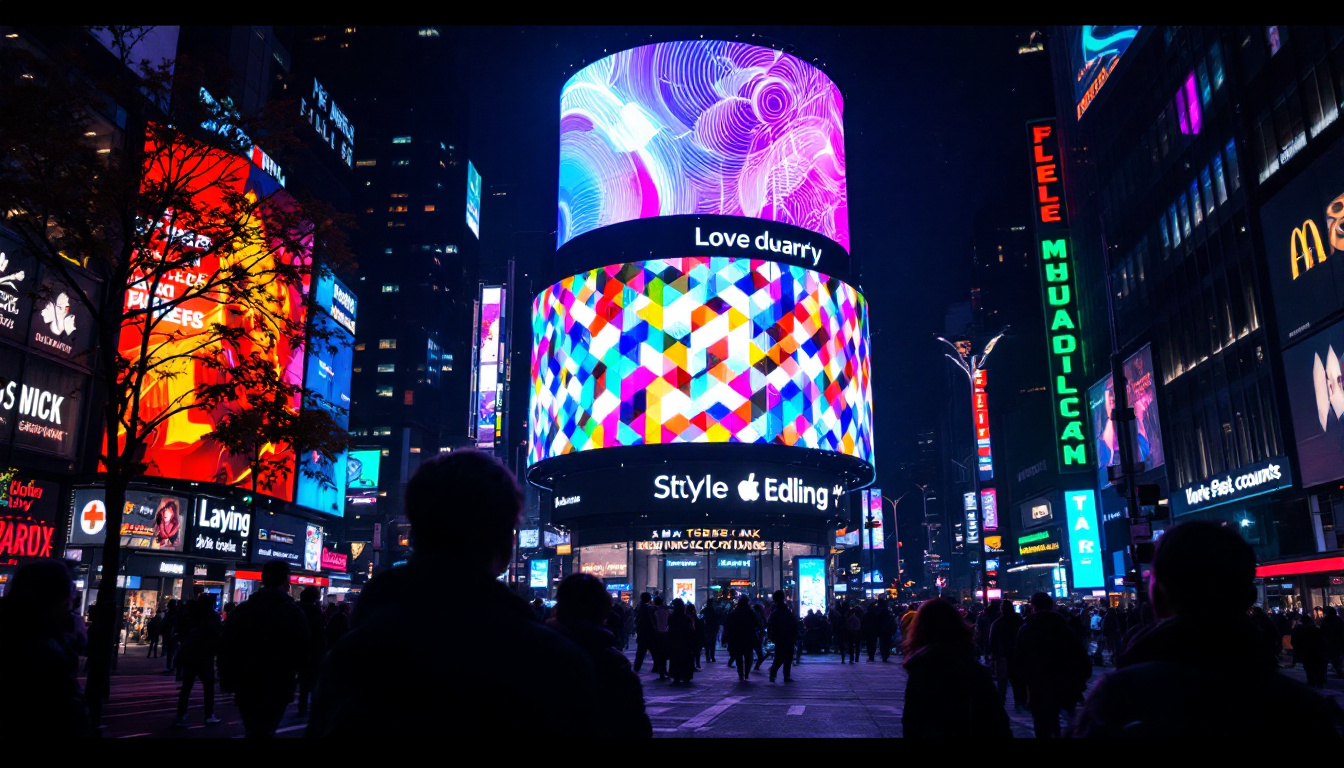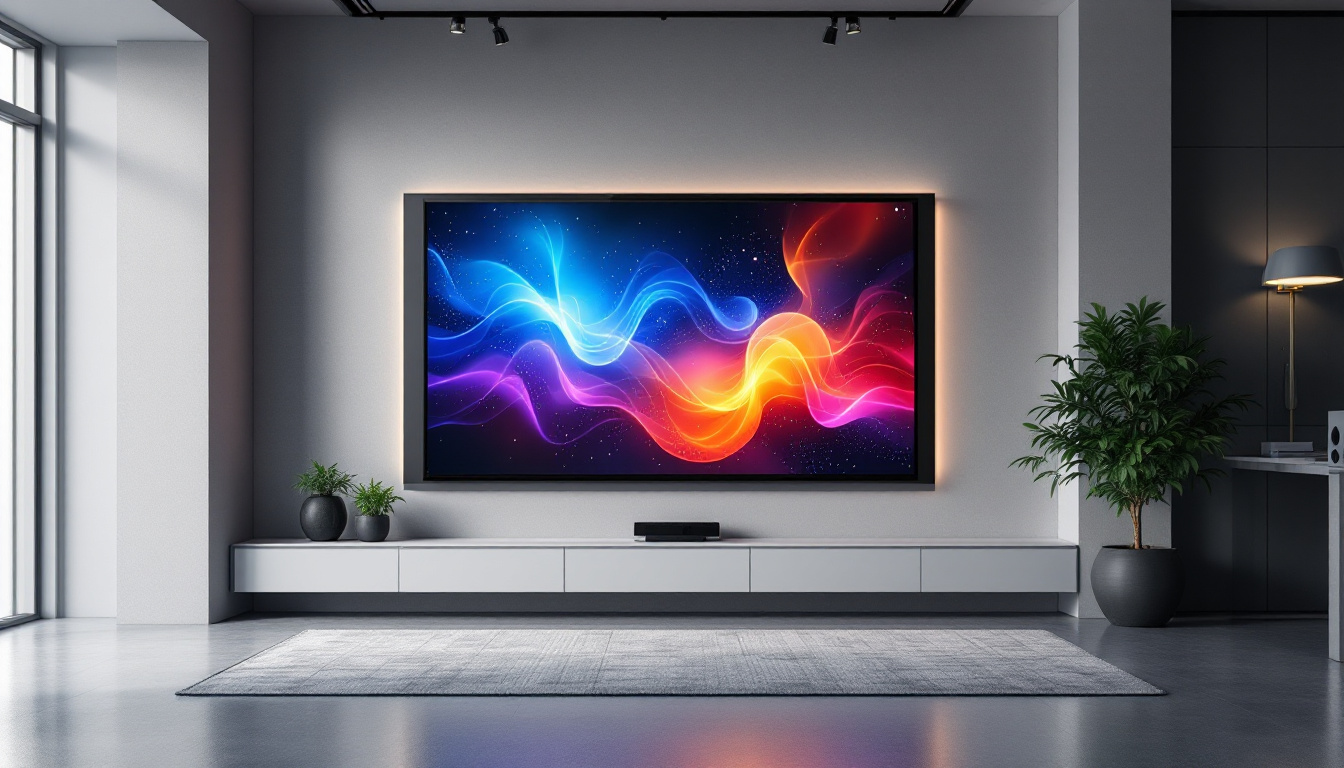In the realm of modern technology, the terms “LCD” and “LED” are frequently encountered, often leading to confusion among consumers. Understanding the differences and functionalities of these display technologies is essential for making informed purchasing decisions. This article will delve into the intricacies of LCD and LED displays, exploring their construction, advantages, and applications.
Understanding LCD Technology
Liquid Crystal Display (LCD) technology has revolutionized the way visual information is presented. Initially developed in the 1960s, LCDs have become ubiquitous in devices ranging from televisions to smartphones. At its core, an LCD utilizes liquid crystals to modulate light, creating images on the screen.
How LCD Works
LCDs consist of several layers, including a backlight, polarizers, and liquid crystal layers. The backlight, typically made of fluorescent tubes or LEDs, provides the necessary illumination. The liquid crystals, when subjected to an electric current, align in such a way that they either block or allow light to pass through, thus forming images. This alignment is controlled by the application of voltage, allowing for precise image rendering.
One of the most significant advantages of LCD technology is its ability to produce sharp images with high resolution. This makes LCDs particularly suitable for applications requiring detailed visuals, such as computer monitors and televisions. However, the technology is not without its limitations, particularly in terms of color reproduction and viewing angles.
Advantages of LCD Displays
LCD displays offer several benefits that contribute to their popularity. Firstly, they are generally more energy-efficient than older technologies, such as cathode ray tubes (CRTs). This efficiency not only reduces electricity consumption but also results in less heat generation, making them ideal for prolonged use.
Moreover, LCDs are lightweight and slim, allowing for sleek designs in modern devices. Their flat-panel design has enabled manufacturers to create larger screens without significantly increasing the overall size of the device. This has led to the proliferation of large-screen televisions and monitors that fit seamlessly into contemporary living spaces.
In addition to their aesthetic appeal, LCD displays are also known for their durability and longevity. Unlike CRTs, which can suffer from screen burn-in and other degradation issues, LCDs tend to maintain their performance over time, making them a reliable choice for both personal and professional use. Furthermore, advancements in technology have led to the development of various types of LCDs, such as In-Plane Switching (IPS) and Twisted Nematic (TN) panels, each offering unique benefits in terms of color accuracy and response times. This diversity allows consumers to select displays that best suit their specific needs, whether for gaming, graphic design, or everyday tasks.
Exploring LED Technology
Light Emitting Diode (LED) technology is often associated with LCDs but represents a distinct advancement in display technology. While traditional LCDs utilize fluorescent backlighting, LED displays employ light-emitting diodes to illuminate the screen. This fundamental difference leads to various enhancements in performance and quality.
How LED Displays Function
LED displays can be categorized into two main types: edge-lit and full-array. Edge-lit LED displays position LEDs along the edges of the screen, with light diffusers spreading the illumination across the panel. In contrast, full-array LED displays feature a grid of LEDs behind the entire screen, allowing for more precise control of brightness and contrast.
The use of LEDs as a light source significantly enhances color accuracy and brightness levels. This results in deeper blacks and more vibrant colors compared to traditional LCDs. Furthermore, LED displays can achieve higher dynamic contrast ratios, making them ideal for high-definition content.
Benefits of LED Technology
One of the most notable advantages of LED displays is their superior energy efficiency. LEDs consume less power than traditional fluorescent backlights, contributing to lower electricity bills and a reduced environmental footprint. Additionally, the longevity of LED technology means that these displays have longer lifespans, reducing the frequency of replacements.
Another key benefit is the enhanced viewing experience. LED displays can achieve higher brightness levels, making them suitable for various lighting conditions. Whether in a dimly lit room or a brightly lit environment, LED displays maintain clarity and vibrancy, ensuring that users enjoy an optimal viewing experience.
Moreover, the compact size of LEDs allows for thinner and lighter display designs, which is particularly advantageous in the era of portable devices. This slim profile not only enhances aesthetic appeal but also facilitates innovative applications such as curved screens and ultra-thin televisions. As technology continues to evolve, the integration of LED displays into everyday devices—from smartphones to large-scale digital signage—demonstrates their versatility and adaptability in meeting consumer demands.
In addition to their practical advantages, LED technology also plays a crucial role in the development of smart displays. With the advent of smart TVs and interactive screens, LED technology enables features such as touch sensitivity and integration with various smart home devices. This synergy between LED displays and smart technology has transformed the way we consume media, offering personalized experiences that cater to individual preferences and lifestyles. As we look to the future, the potential for LED technology to innovate further in areas like augmented reality and virtual reality remains an exciting prospect for both consumers and developers alike.
Comparing LCD and LED Displays
While LED displays are often marketed as a separate technology, it is essential to understand that they are, in fact, a type of LCD display. The distinction lies primarily in the backlighting method used. This section will compare the two technologies across several key parameters.
Image Quality
When it comes to image quality, LED displays generally outperform traditional LCDs. The ability to achieve higher brightness levels and better contrast ratios allows LED displays to produce more vivid and lifelike images. This is particularly noticeable in darker scenes, where LED technology excels in rendering deep blacks.
Moreover, the color accuracy of LED displays is often superior, making them a preferred choice for professionals in fields such as graphic design and photography. The enhanced color gamut of LED technology allows for more accurate color reproduction, which is crucial for visual creatives.
Energy Efficiency
Both LCD and LED displays are more energy-efficient than older technologies, but LED displays take the lead in this category. The reduced power consumption of LEDs translates into lower energy bills and a smaller carbon footprint. This makes LED displays not only a cost-effective choice but also an environmentally friendly one.
Price Considerations
In terms of pricing, traditional LCD displays tend to be more affordable than their LED counterparts. However, the price gap has been narrowing as LED technology becomes more mainstream. Consumers should consider their specific needs and budget when making a decision, as the long-term savings on energy costs may offset the initial investment in LED technology.
Applications of LCD and LED Displays
Both LCD and LED displays have found applications across various industries, each serving unique purposes based on their characteristics. Understanding these applications can help consumers make informed choices based on their specific needs.
Consumer Electronics
In the consumer electronics sector, LCD and LED displays are prevalent in devices such as televisions, smartphones, and tablets. LED technology has become the standard for modern televisions, offering enhanced picture quality and energy efficiency. Smartphones and tablets also utilize LCD technology, with many incorporating LED backlighting for improved display performance.
Commercial Use
In commercial settings, LCD and LED displays are utilized for advertising, information dissemination, and presentations. Digital signage, which often employs LED technology, provides vibrant visuals that capture attention in retail environments. LCD displays are commonly used in conference rooms for presentations, where clarity and resolution are essential.
Medical and Industrial Applications
In the medical field, LCD displays are used in imaging equipment, such as ultrasound machines and MRI scanners, where high-resolution images are critical for accurate diagnoses. LED technology is also finding its way into surgical lighting and display systems, enhancing visibility in operating rooms.
Future Trends in Display Technology
The display technology landscape is continuously evolving, with innovations on the horizon that promise to enhance the user experience further. Emerging technologies, such as OLED (Organic Light Emitting Diode) and MicroLED, are gaining traction and may redefine the standards for display quality.
OLED Technology
OLED displays offer several advantages over traditional LCD and LED technologies. Unlike LCDs, which require a backlight, OLED panels emit their light, allowing for true blacks and exceptional contrast ratios. This technology is particularly appealing for high-end televisions and smartphones, where display quality is paramount.
MicroLED Technology
MicroLED is another promising technology that combines the benefits of OLED and LED. MicroLED displays consist of tiny individual LEDs that can be turned on or off independently, resulting in unparalleled contrast and color accuracy. This technology is still in its infancy but holds great potential for future applications in various devices.
Conclusion
Understanding the differences between LCD and LED displays is crucial for consumers navigating the complex world of technology. While both technologies have their merits, LED displays generally offer superior performance in terms of image quality, energy efficiency, and longevity. As advancements continue to shape the display landscape, staying informed about emerging technologies will empower consumers to make educated choices that meet their needs.
In a world where visual experiences are increasingly important, the choice between LCD and LED displays can significantly impact how information is consumed and enjoyed. Whether for personal use, professional applications, or commercial endeavors, understanding these technologies is key to maximizing the benefits they offer.
Discover Cutting-Edge LED Displays with LumenMatrix
Ready to elevate your visual experience with the latest in LED display technology? Look no further than LumenMatrix, a pioneer in crafting immersive LED display modules tailored for a variety of applications. From dynamic Indoor and Outdoor LED Wall Displays to innovative solutions like Vehicle LED Displays and LED Sports Displays, LumenMatrix is at the forefront of revolutionizing visual communication. Whether you’re looking to captivate your audience, enhance brand visibility, or create unforgettable visual experiences, LumenMatrix has the perfect LED display solution for you. Check out LumenMatrix LED Display Solutions today and see the difference cutting-edge technology can make.































